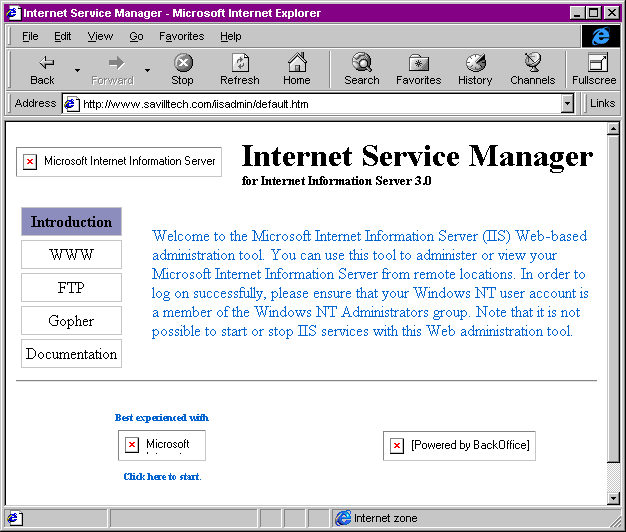Trun User Strings Into Starik In Dev C++
Posted By admin On 06.05.20Object-Oriented Programming Languages. Object-oriented programming (OOP) languages are designed to overcome these problems. The basic unit of OOP is a class, which encapsulates both the static attributes and dynamic behaviors within a 'box', and specifies the public interface for using these boxes. Since the class is well-encapsulated (compared with the function), it is easier to reuse these. A C tutorial about 'Variables and Constants' Although this seems purely for convenience at the moment (as we could just write '5', '3', or '21' in place of 'age'), trust me when I say that these become extremely useful and powerful when you start dealing with dynamic logic and user input (the latter of which we'll be covering later in this tutorial). Oct 03, 2019 Compile the HelloWorld.java file into a Java class file by issuing the following command below. Type javac HelloWorld.java (This will fail if you don't have javac installed, if it fails, either follow the instructions in the introduction or type on your command line: sudo apt-get install openjdk-7-jdk). How to Find a Substring in a String with C. Find substrings in parent strings in C! To make sure that the user did not fall into a failing if statement.
May 09, 2018 Split a sentence into words in C; Implementing upperbound and lowerbound for Ordered Set in C; Stack of Pair in C STL with Examples; How to Iterate through a String word by word in C; Remove odd frequency characters from the string; How to find the Entry with largest Value in a C Map; Priority Queue of Vectors in C STL with. Apr 13, 2020 Converting from a string to a character array. This is probably preferred because it insures the string is correctly null-terminated no matter how many different strings that are copied into the character array. All the files in the C standard library declare all of its entities within the std namespace.
| /* |
| * The following description is from Linux Programmer's Manual (strtok(3)): |
| * |
| * #include <string.h> |
| * char *strtok(char *str, const char *delim); |
| * |
| * The strtok() function breaks a string into a sequence of zero or more |
| * nonempty tokens. On the first call to strtok() the string to be parsed |
| * should be specified in str. In each subsequent call that should parse |
| * the same string, str must be NULL. |
| * |
| * The delim argument specifies a set of bytes that delimit the tokens in |
| * the parsed string. The caller may specify different strings in delim |
| * in successive calls that parse the same string. |
| * |
| * Each call to strtok() returns a pointer to a null-terminated string |
| * containing the next token. This string does not include the delimiting |
| * byte. If no more tokens are found, strtok() returns NULL. |
| */ |
| #include<stdio.h> |
| #include<string.h> |
| intmain() |
| { |
| char message[] = 'Lorem ipsum dolor sit amet, consectetur adipiscing elit.'; |
| char* word; |
| /* get the first word from the message, seperated by |
| * space character */ |
| word = strtok(message, ''); |
| printf('1st word: %sn', word); |
| /* get the second word from the message, NULL must be |
| * used to get tokens from the previous string now */ |
| word = strtok(NULL, ''); |
| printf('2nd word: %sn', word); |
| /* the following loop gets the rest of the words until the |
| * end of the message */ |
| while ((word = strtok(NULL, '')) != NULL) |
| printf('Next: %sn', word); |
| return0; |
| } |
commented Dec 10, 2015
Useful, thanks |
commented Oct 22, 2016
noice |
commented Nov 2, 2016
thanks |
commented Apr 17, 2017
Illustrative. Thanks! |
commented Nov 3, 2017
why do we need to extract the second word seperately and what if the string contains only one word?? Returning to the deck view simply requires another hit of the Space Bar.Arrow Keys – The up and down arrows scroll through the track collection, but if you are not in the correct folder, you can use the left and right arrow keys to move through the ‘Browser Tree’. Loading the DecksOnce you have the track you want to load highlighted, you can load it into either deck A or B, by pressing ‘Shift’ + either left or right arrow. The left arrow loads the track into deck A, and the right, into deck B. A simple touch of the S pace Bar will switch you into ‘ browser mode‘, clearing away the clutter and allowing you to see your track collection. Searching for TracksPerhaps you know the name, or part name of a track you want to play? Traktor pro shortcut hotkey silicone keyboard cover for hp keyboard. |
commented Dec 13, 2017
TYVM! |
commented Jun 27, 2018
Thanks for this, really useful. |
commented Apr 21, 2019
Thank you so much |
